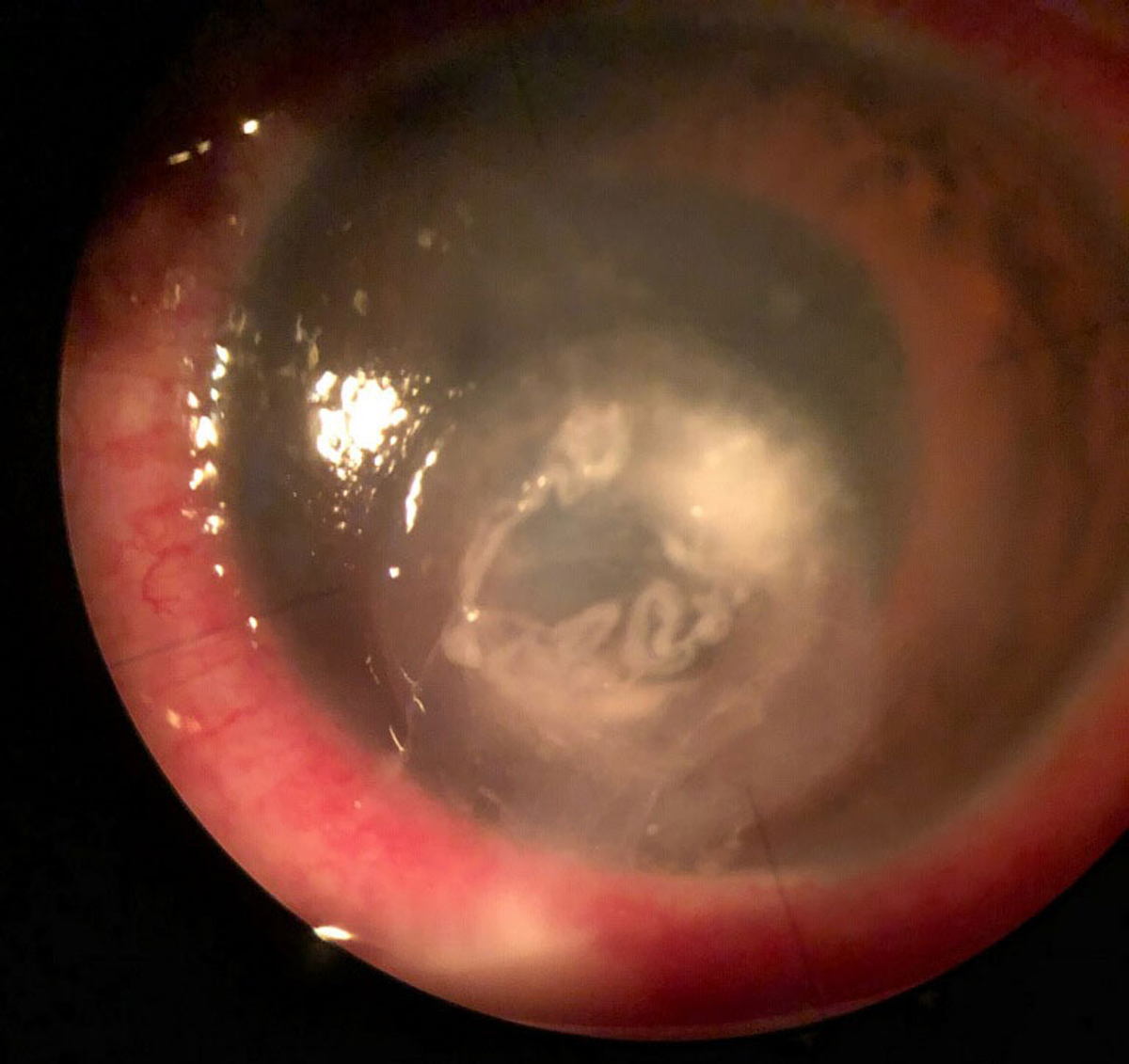 |
| This study found that cefazolin sodium and fusidic acid could be used as alternative treatments for multidrug-resistant Staphylococcus in the ocular surface. Photo: Paul C. Ajamian, OD. Click image to enlarge. |
Findings from a recent study examining common ocular antibiotics’ susceptibilities toward Staphylococcus were presented during the 2022 ARVO annual meeting in Denver.
The researchers collected 67 isolates from patients. The antibiotics examined in the study included levofloxacin, tobramycin, clindamycin fusidic acid and cefazolin sodium. Minimum Inhibitory Concentration methods were used to determine ocular antibiotic susceptibility toward Staphylococcus.
From Staphylococcus, 35 methicillin-resistant Staphylococcus, 30 beta-lactamase Staphylococcus and two beta-lactamase methicillin-resistant Staphylococcus isolates were identified. The study authors reported that methicillin-resistant Staphylococcus isolates accounted for 80%, 75%, 44.2% and 42.9% of those found in the lacrimal sac, cornea, conjunctival sac and eyelid margin, respectively. Comparatively, beta-lactamase isolates accounted for 20%, 20%, 53.5% and 42.9% in the respective regions.
The major isolate in the eyelid margin (57.1%) and conjunctival sac (46.5%) was drug-resistant Staphylococcus epidermidis. Drug-resistant was the major isolate in the lacrimal sac (40%) and cornea (33.3%), according to the abstract.
The researchers found the following susceptibility rates against methicillin-resistant Staphylococcus isolates: cefazolin sodium (74.3%), fusidic acid (68.6%), levofloxacin (34.3%), clindamycin (34.3%) and tobramycin (31.4%). Additionally, they observed that the susceptibility rate of cefazolin sodium against these isolates was 100% in the cornea, eyelid margin and lacrimal sac.
In comparison, the data revealed that the susceptibility rates of cefazolin sodium, fusidic acid, levofloxacin, tobramycin and clindamycin against beta-lactamase isolates were 90%, 76.7%, 56.7%, 53.3% and 26.7%, respectively. The researchers reported that the susceptibility of cefazolin sodium and fusidic acid against these isolates were higher when compared with methicillin-resistant isolates.
“Our results indicate that cefazolin sodium and fusidic acid may be considered a reliable alternative for the treatment of multidrug-resistant Staphylococcus in the ocular surface, especially of beta-lactamase drug-resistant Staphylococcus,” the study authors concluded.
Original abstract content © Association for Research in Vision and Ophthalmology 2022.
Wang C, Yue J, Niu Y, et al. Ocular antibiotics susceptibility of multidrug-resistant Staphylococcus isolated from ocular anterior segment. ARVO 2022 annual meeting. |

